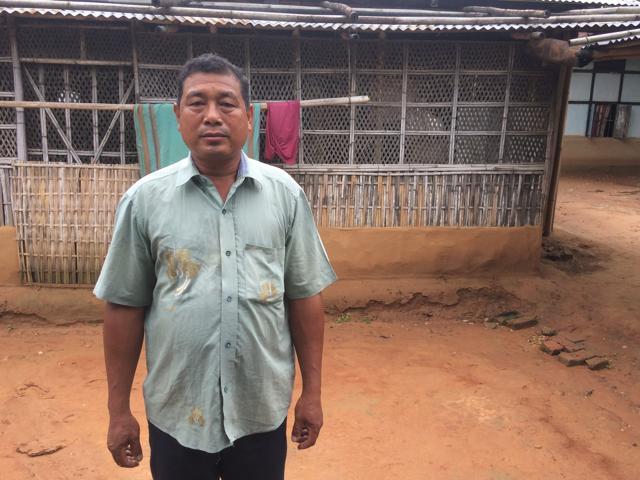Every third person in Assam’s Hojai district out of NRC, maximum in the state
A total of 3,36,789 applicants or 33% of the total applicants in Assam’s Hojai district have been excluded from the draft, maximum in the state, a senior district administration official said on condition of anonymity.
The pot holed road, ravaged by rain, which leads to the sleepy town of Hojai in central Assam is lined with billboards and posters about the philanthropic work done by its most famous resident - perfume baron and Lok Sabha MP Badruddin Ajmal who heads the All India United Democratic Front. He runs a hospital, a public school among other things.

While Ajmal’s name figures in the complete draft of National Register of Citizens (NRC), almost every third applicant’s name in Hojai district does not. A total of 3,36,789 applicants or 33% of the total applicants have been excluded from the draft, maximum in the state, a senior district administration official said on condition of anonymity.
Shamsuddin, a cleric who works as a vice president in one of the organisations connected to Badruddin Ajmal, is clueless why he and five others in the family do not figure in the complete draft.
“I submitted copies of my land document from 1966 which I got from Bihar,” said Shamsuddin (62), who moved to Hojai from East Champaran to work as a teacher in a local madrassa.
Like Shamsuddin, Nanigopal Debnath, too, moved to Hojai town in 1970s. He first left his home in Jamunamukh, a neighbouring town in 1960 when violence erupted between Bengalis and Assamese. Debnath says the families, which had returned had to leave again in 1972, when there was renewed violence. Debnath, is unemployed, distraught and claims that despite the documents, the whole family has been left out of the draft. Debnath claims that in Shanti Ban, where the family lives, more than 30% Bengali Hindus have been left out of the draft.
The figures are more stark in Derapathar, a remote village in Lumding block, which its inhabitants claim was settled in 1967 when refugees from East Pakistan, who had crossed over from Garo Hills into Goalpara in lower Assam, were moved here by the government. Locals, comprising six communities --- Hajongs, Koch Rajbongshis, Garos, Dalu and Bengalis --- say almost 70 % of the locals are out of the list.
“We can’t even complain. Whom do we even discuss it with? Almost every house has someone or the other missing from the list,” Subimal Hajong, who took voluntary retirement from Sashastra Seema Bal (SSB). His entire family has not made it to the NRC draft. The reason for exclusion given to him says his list ‘A’ documents are not valid.

“Will they make us a foreigner again?” asks Sipendra Dalu as he recounted how there was a jungle when the refugees were moved here. “We cut the jungle and built houses. They gave us money, clothes, even a blanket,” he said, showing a card which listed the relief given by the government. “Even then the whole family is out of the list. We are about to die. What about the children and their future?” he asked.
While the districts of Dhubri, South Salmara and Karimganj along the Indo-Bangladesh border have an exclusion rate of 8.3% or less, what made Hojai top the exclusion list?
“Nestled between Brahmaputra Valley and Barak Valley, the region has seen migration all through, from Sylhet, Mymensinh, Dhaka and from Bihar, UP and even from other parts of Assam and North East,” a district official explained. “It is mostly a district of migrants. There are only about 5% who come in the category of original inhabitants,” he said.






